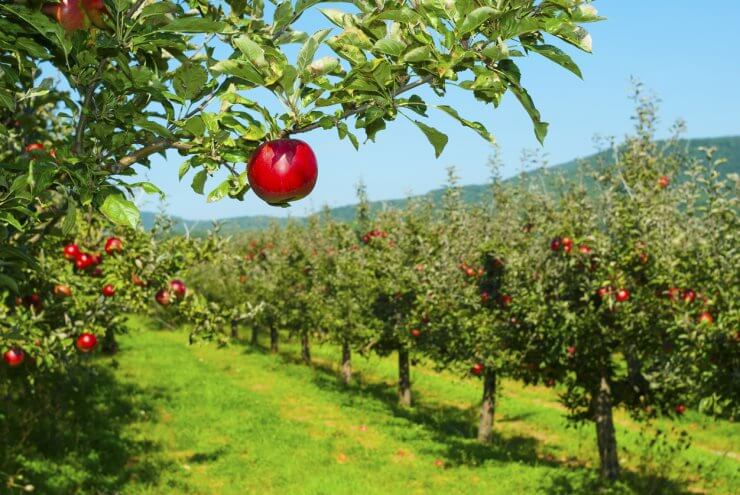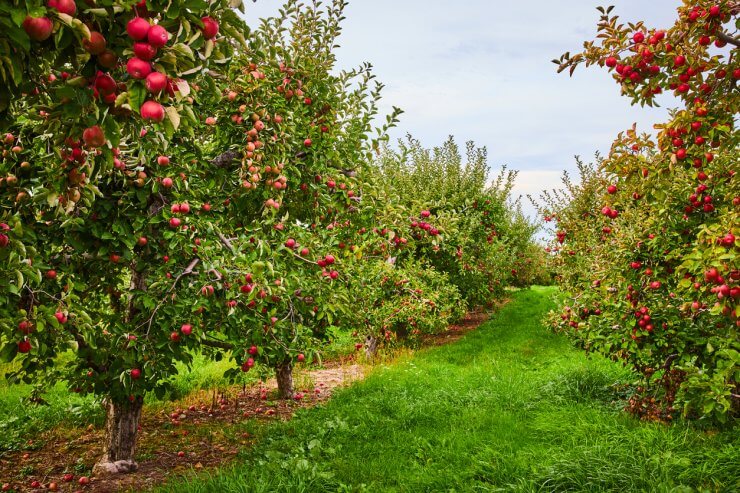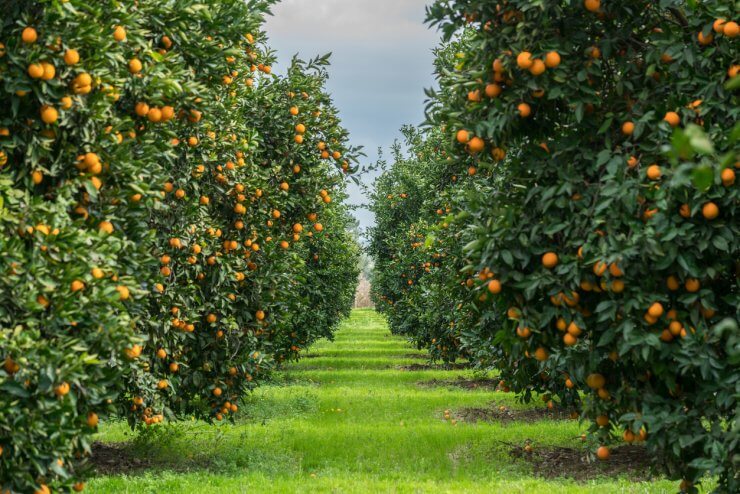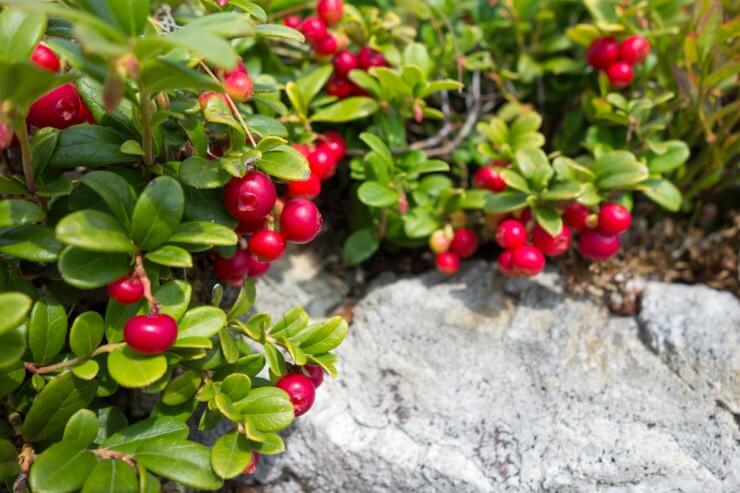
Home orchards are blossoming across America as gardeners embrace the joy of growing their own fruit. Whether it’s a single apple tree in the backyard or a mini-plantation of peaches, pears, and plums, the allure of fresh, homegrown fruit has never been stronger. From east to west, home orchards are thriving as gardeners trade trips to the grocery store for the delight of picking perfectly ripened fruit from their own trees.
What Are Home Orchardists Growing?
In the heartland of America, apples reign supreme, with varieties like Honeycrisp and Red Delicious topping the charts. In warmer southern regions, citrus trees like oranges and lemons flourish. Meanwhile, Pacific Northwest gardeners favor cherries, while those in New England nurture their blueberry bushes alongside cold-hardy fruit trees like crabapples and pears.
Fun Fact: Did you know that fig trees are a rising star in California backyards, and pawpaws—a custard-like tropical-tasting fruit—are making a comeback in the Midwest and South?
Getting Started with Your Own Orchard
Starting a home orchard is as much about planning as it is planting. Here’s a quick guide to kick off your fruit-growing adventure:
1. Know Your Zone: First, check your USDA hardiness zone. The zones for our sample orchards are:
- Sacramento, CA: Zone 9b
- Idaho Falls, ID: Zone 5b
- Plymouth, MA: Zone 6b
2. Choose Your Trees:
- Zone 9 (Sacramento): Citrus, figs, pomegranates, and stone fruits like peaches and plums thrive.
- Zone 5 (Idaho Falls): Apples, cherries, and cold-hardy pears are perfect for chilly winters.
- Zone 6 (Plymouth): Apples, plums, and cranberries flourish in the cooler climate.
3. Sun and Soil: Most fruit trees require full sun and well-draining soil. Amend your soil if necessary with compost or organic matter to provide the best start for your trees.
4. Space Wisely: Standard trees need about 15–20 feet between them, while dwarf varieties can be spaced as close as 8–10 feet.
Home Orchards in Action: Stories from Three Regions

Idaho Falls, Idaho (Zone 5b): A Sweet Apple Haven
In Idaho Falls, the Barker family transformed their 1-acre property into an apple wonderland. With varieties like Granny Smith, Fuji, and Red Delicious, their orchard produces enough fruit to feed their family, friends, and even the local farmer’s market.
Labor Required: In this cold climate, winter pruning is key to maintaining healthy trees. The Barkers spend weekends tending to their orchard, focusing on pest control and irrigation in the summer months.

Sacramento, California (Zone 9b): Citrus Bliss
Sacramento’s Mediterranean climate inspired retired teacher Maria Lopez to plant citrus trees on her half-acre lot. Her garden features Meyer lemons, mandarins, and blood oranges that provide a year-round supply of vitamin C and a fragrant backyard escape.
Labor Required: Citrus trees need regular watering during Sacramento’s dry summers, but Maria finds joy in hand-watering her trees in the cool evenings. Fertilizing three times a year keeps her orchard lush and productive.

Plymouth, Massachusetts (Zone 6b): A Colonial Revival Orchard
Inspired by Plymouth’s history, the O’Connors planted a mixed orchard of apples, pears, and cranberry bushes on their 2-acre property. They even started a small cider-making tradition in the fall, sharing their harvest with neighbors.
Labor Required: Regular mulching to retain moisture, winter protection for young trees, and an annual fall harvest make the orchard a family affair.
Join the Orchard Revolution!
Whether you have space for a single dwarf tree or a few acres, starting a home orchard is rewarding and delicious. We’d love to hear your stories—whether you’re growing cherries in Minnesota, peaches in Georgia, or citrus in Arizona.
Share your home orchard tales with us, and together, let’s celebrate the fruit of our labor!


 Previous
Previous

